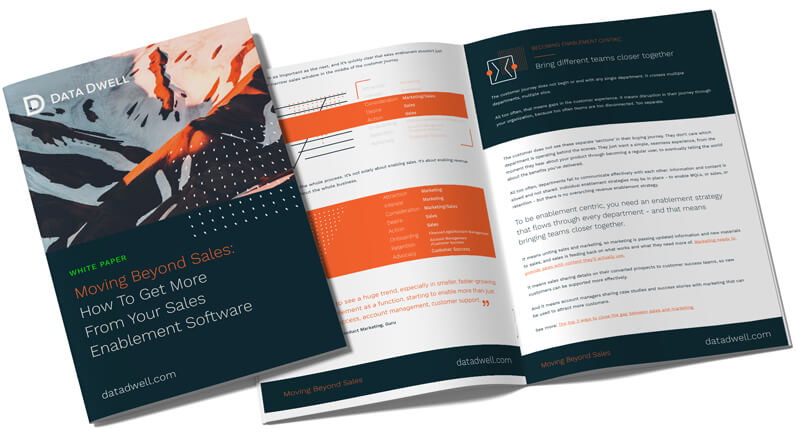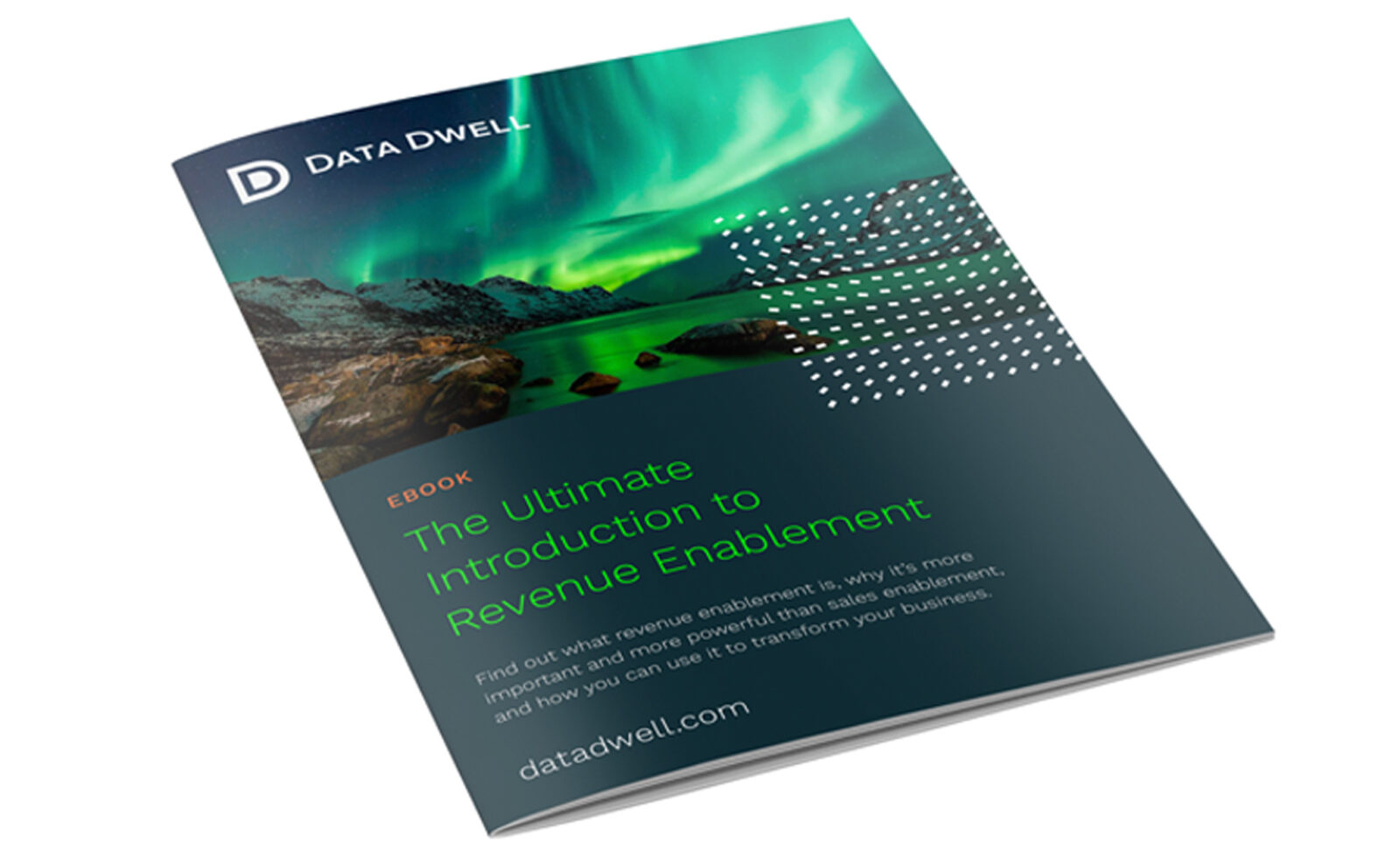In any business, the CRM should be like the central nervous system of the body.
It’s at the centre of every process, responsible for controlling all the essential functions and ensuring that everything runs smoothly and effectively.
But in order to work correctly, the nervous system has to receive signals from the rest of the body.
The same is true for your CRM.
To be effective, your CRM needs to have signals – or data – inputted into it and analysed correctly.
But the difficulty lies in getting that useful and effective data into the CRM in the first place.
How can you ensure all relevant data is inputted into your CRM correctly, and then used in the right way to enhance your sales processes?
Why CRM’s often fall short
A CRM system is only as good as the data it contains. Good data makes for a great CRM, but any kind of data can be used effectively if it exists.
And that’s one of the main problems. Getting data into your CRM.
Most of the time, sales reps are incredibly busy. They’re working hard to communicate with leads and close deals. Adding information and keeping accurate records in the CRM is the last of their worries.
They see little value in record keeping or utilising any of the various tools which exist to help the flow of data in the CRM.
So as long as the need to manually input data exists, there’s the strong likelihood that it won’t get added to your CRM. And that dramatically reduces its value.
Executives will not be getting the data they need, processes will fall down, and sales will suffer as a result.
How to overcome the problem of inputting data into your CRM.
The adoption of any CRM can easily fail because sales teams do not think they gain enough benefits from their CRM. They can do their job without it, so why do they need to bother with it?
The key is to get sales teams on board, show the utility of data in the CRM, and streamline processes wherever possible.
-
Clearly show value to your sales reps
Firstly, you need to show sales reps how an efficient CRM that’s full of insightful data can be beneficial to them and their roles.
Using traditional record keeping and more advanced sales enablement software like Data Dwell – that uncovers a host of interesting and useful buying signals – you should be able to demonstrate how data can help sales reps close deals much faster.
By tracking, measuring and analysing engagement signals, you can show sales reps how the CRM can help them pinpoint the best leads, focus on the deals closest to completion, and spend less time on wasted prospects.
-
Structure and automate
Time and effort is one of the biggest hurdles in getting data into the CRM.
Get more value from your team and the information they add by structuring sales processes around tasks that can be easily automated. Reduce the number of repeatable tasks that are required by integrating with apps or other processes within your CRM.
-
Align processes and remove friction
Finally, passing the data through the CRM nervous system and to the ‘brain’ should be as simple and seamless as possible. Sales reps need to be able to get the useful information they are looking for, without any hurdles.
To do this, you’ll need to make sure you remove any friction between your CRM and the platforms you use, and regularly check that data is flowing seamlessly from one function to the next.
Check that the platforms you use can align with your current operations. If they don’t, be ruthless in changing them.
When you do align all your processes and platforms, automate where possible and let your sales reps see how valuable the data can be in closing deals, you’ll be getting the best possible value from your CRM.




